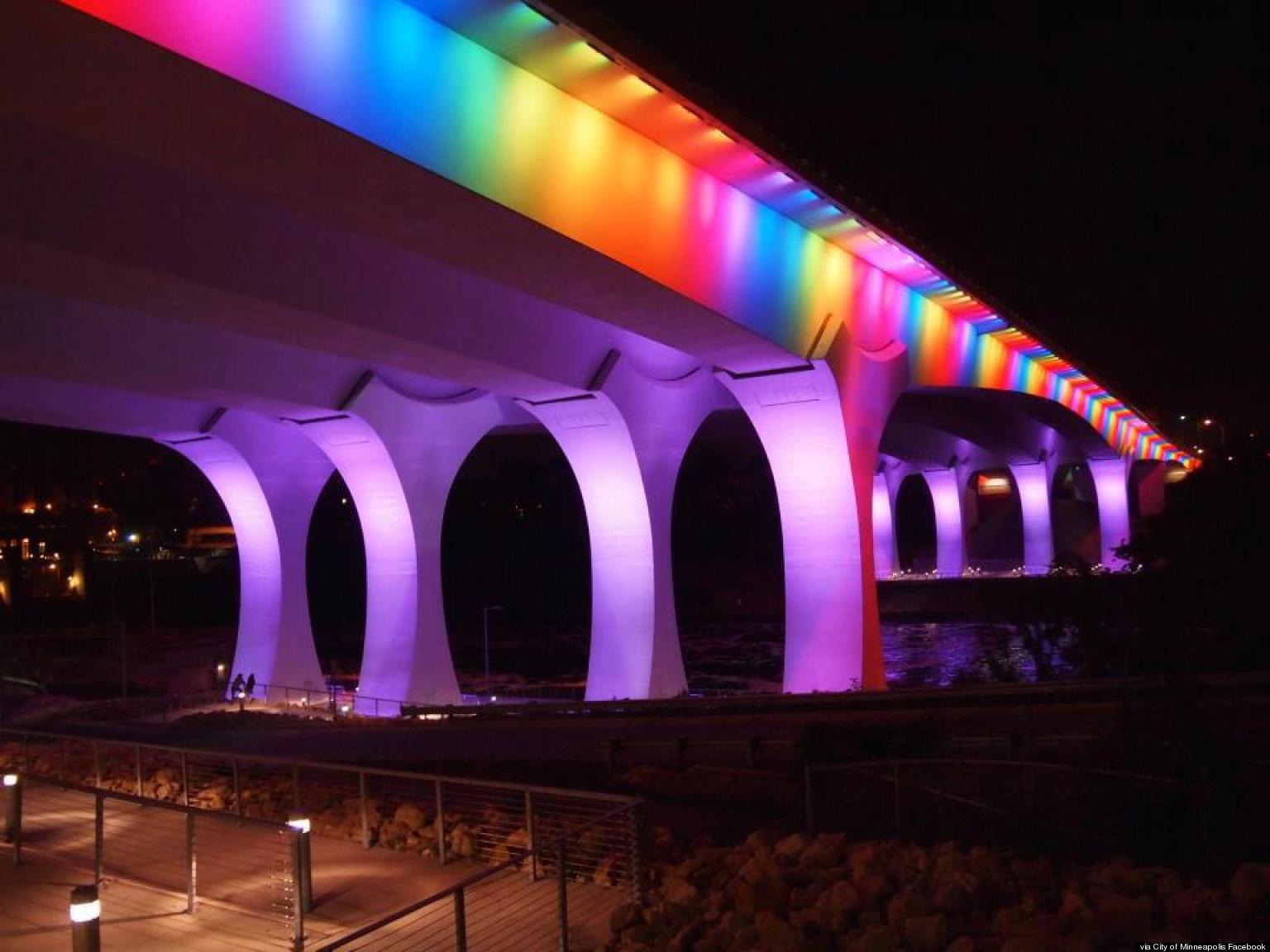
What is it about Minnesota, the idiosyncratic heart of the Upper Midwest, to be, as historian Stewart Van Cleve entitled his book, the “land of 10,000 loves?” Drawing exclusively of t-shirts from the University of Minnesota’s Jean-Nickolaus Tretter Collection, this exhibit explores the diverse experiences of lesbian, gay, bisexual, and transgender Minnesotans.
We invite you to investigate the various ways queer Minnesotans have expressed their sexual and political identities throughout the past four decades.
The t-shirts highlighted in this exhibit come exclusively from the Jean-Nickolaus Tretter Collection.